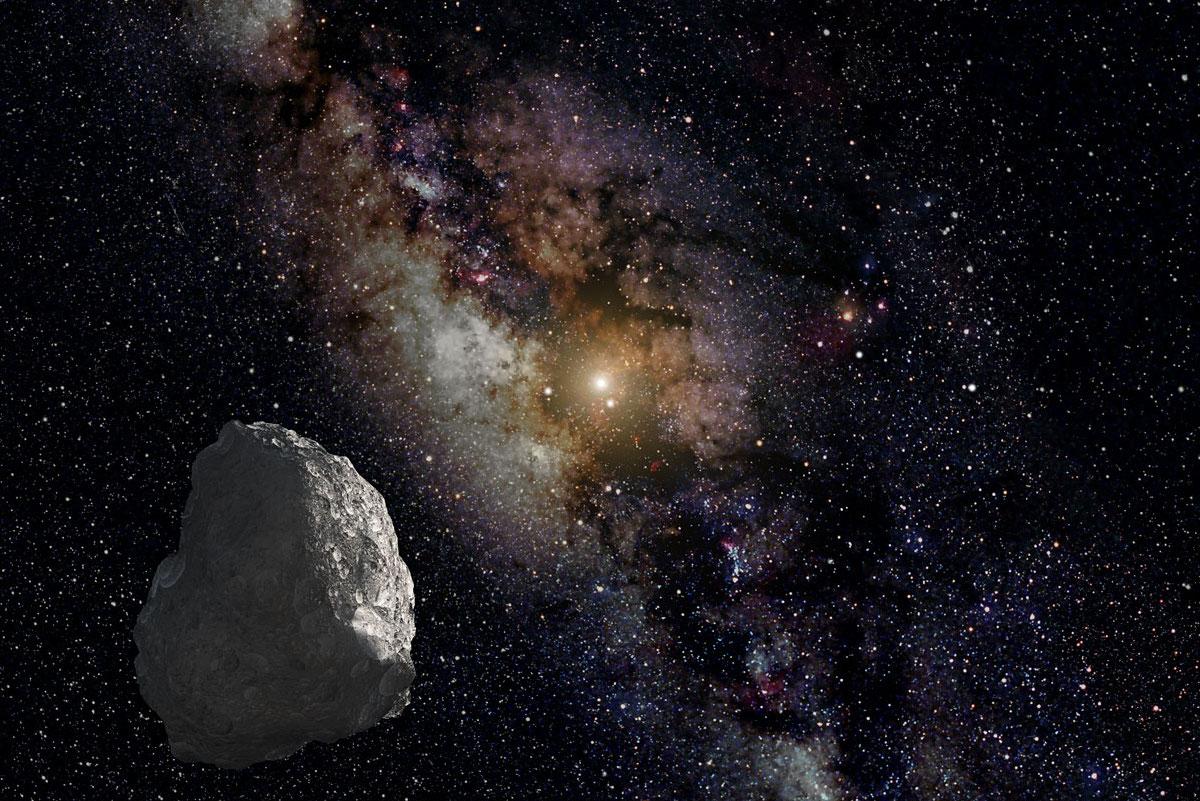Y: Did you hear, Don? We are going to have a solar system with nine planets again.
D: I thought Pluto was too small.
Y: Pluto's not what I'm talking about. Caltech researchers have evidence of another more normal-sized planet in our solar system.
D: There's another planet that no one noticed?
Y: The reason we didn't notice is because it has a highly elongated orbit in the outer solar system. It's about twenty times farther from the sun than Neptune and would take over ten thousand years to make just one full orbit around the sun.
D: What does it look like?
Y: Researchers know it has a mass about ten times that of Earth, but no one has actually seen it yet.
D: Then, how do they know it's there?
Y: Two researchers were separately studying objects in the Kuiper Belt, which is a collection of icy objects and debris orbiting beyond Neptune. Both noticed some of those objects had strange orbits, so they decided to work together on a project to find out why.
D: Two heads are better than one.
Y: That's right. They discovered that the six most distant Kuiper objects followed elliptical orbits that pointed in the same direction in physical space. That was surprising because the odds of that happening were about one in a hundred. Their orbits were also tilted in the same way, which was even more rare. At that point they knew something was affecting the orbits.
D: You mean the mystery planet's gravity was pulling at the Kuiper objects?
Y: Yes. And after a lot of complex mathematical calculations, they're sure there's another planet out there. Now, they just need an astronomer to spot it.









